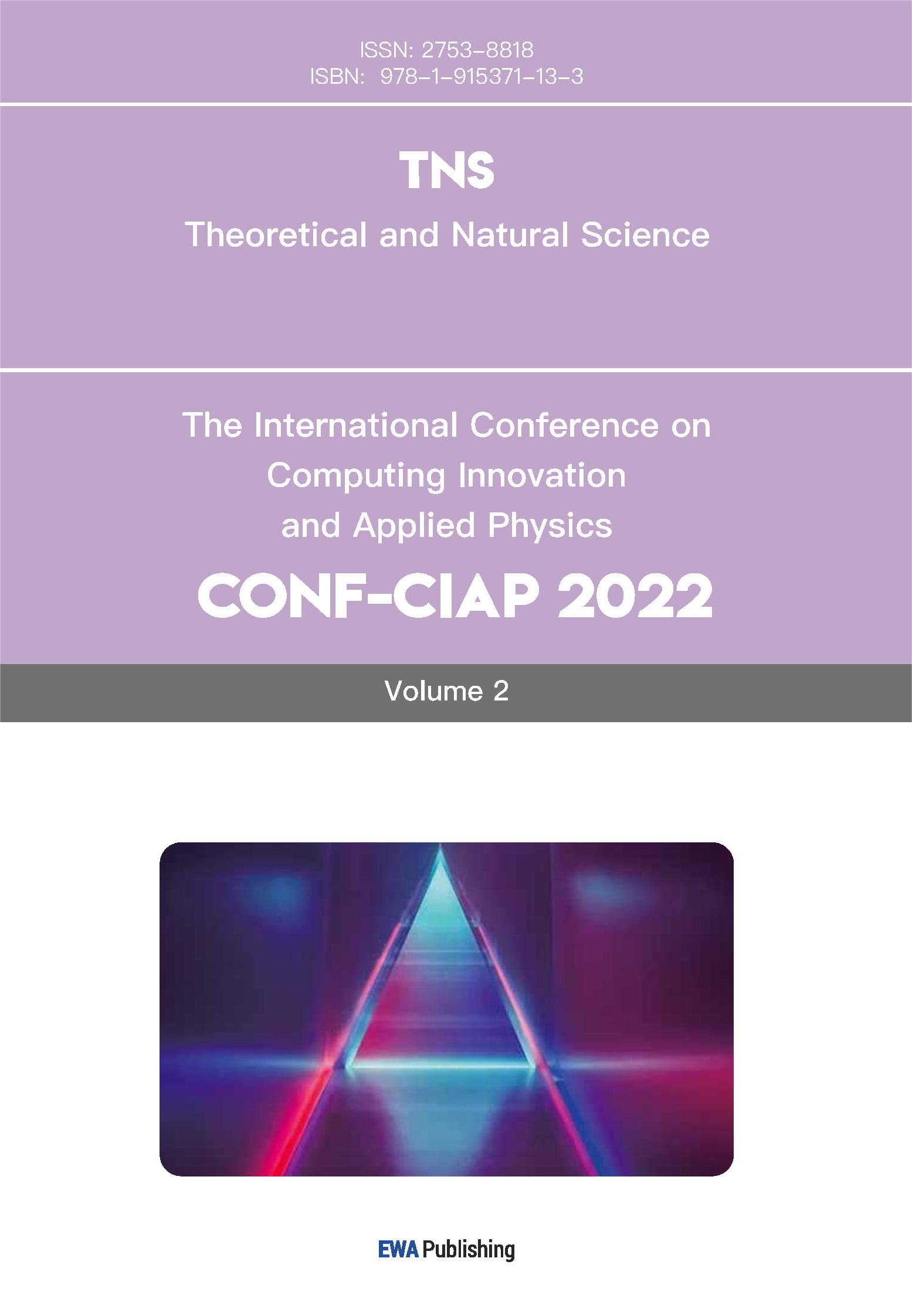References
[1]. Liu, F., Lu, W., & Liu, L. (2024). New implications for prion diseases therapy and prophylaxis. Frontiers. https: //www.frontiersin.org/journals/molecular-neuroscience/articles/10.3389/fnmol.2024.1324702/full
[2]. Shim, K. H., Sharma, N., & An, S. S. A. (2022). Prion therapeutics: Lessons from the past. PMC. https: //pmc.ncbi.nlm.nih.gov/articles/PMC9754114/
[3]. Raymond, G. J., Zhao, H. T., Race, B., Raymond, L. D., Williams, K., Swayze, E. E., Graffam, S., Le, J., Caron, T., Stathopoulos, J., O’Keefe, R., Lubke, L. L., Reidenbach, A. G., Kraus, A., Schreiber, S. L., Mazur, C., Cabin, D. E., Carroll, J. B., Minikel, E. V., Kordasiewicz, H., & Caughey, B. (2019). Antisense oligonucleotides extend survival of prion-infected mice. PMC. https: //pmc.ncbi.nlm.nih.gov/articles/PMC6777807/
[4]. Cantara, S., SImoncelli, G., & Ricci, C. (2024). Antisense Oligonucleotides (ASOs) in Motor Neuron Diseases: A Road to Cure in Light and Shade. PMC. https: //pmc.ncbi.nlm.nih.gov/articles/PMC11083842/
[5]. Minikel, E. V., Zhao, H. T., Le, J., O’Moore, J., Pitstick, R., Graffam, S., Carlson, G. A., Kavanaugh, M. P., Kriz, J., Kim, J. B., Ma, J., Wille, H., Aiken, J., McKenzie, D., Doh-ura, K., Beck, M., O’Keefe, R., Stathopoulos, J., Caron, T., … Vallabh, S. M.. (2020). Prion protein lowering is a disease-modifying therapy across prion disease stages, strains and endpoints. Oxford Academic. https: //academic.oup.com/nar/article/48/19/10615/5878830
[6]. Tremblay, P., Meiner, Z., Galou, M., Heinrich, C., Petromilli, C., Lisse, T., Cayetano, J., Torchia, M., Mobley, W., Bujard, H., DeArmond, S. J., & Prusiner, S. B. (1998). Doxycycline control of prion protein transgene expression modulates prion disease in mice. PMC. https: //pmc.ncbi.nlm.nih.gov/articles/PMC22873/
[7]. Teruya, K., & Doh-ura, K. (2017). Insights from Therapeutic Studies for PrP Prion Disease. PMC. https: //pmc.ncbi.nlm.nih.gov/articles/PMC5334251/
[8]. Forloni, G. (2025). Doxycycline: An essential tool for Alzheimer’s disease. PMC. https: //pmc.ncbi.nlm.nih.gov/articles/PMC12165865/
[9]. Fede, G. D., Giaccone, G., Salmona, M., & Tagliavini, F. (2018). Translational Research in Alzheimer’s and Prion Diseases. PMC. https: //pmc.ncbi.nlm.nih.gov/articles/PMC5869996/
[10]. Ma, Y., & Ma, J. (2020) Immunotherapy against Prion Disease. PMC. https: //pmc.ncbi.nlm.nih.gov/articles/PMC7157205/
[11]. Napper, S., & Schatzl, H. M. (2023). Vaccines for prion diseases: a realistic goal?. PMC. https: //pmc.ncbi.nlm.nih.gov/articles/PMC9918406/
[12]. Burchell, J. T., & Panegyres, P. K. (2016). Prion diseases: immunotargets and therapy. PMC. https: //pmc.ncbi.nlm.nih.gov/articles/PMC4970640/
[13]. Kong, Q. (2006). RNAi: a novel strategy for the treatment of prion diseases. PMC. https: //pmc.ncbi.nlm.nih.gov/articles/PMC1679715/
[14]. White, M. D., Farmer, M., Mirabile, I., Brandner, S., Collinge, J., & Mallucci, G. R. (2008). Single treatment with RNAi against prion protein rescues early neuronal dysfunction and prolongs survival in mice with prion disease. PMC. https: //pmc.ncbi.nlm.nih.gov/articles/PMC2474561/
[15]. Pfeifer, A., Eigenbrod, S., Al-Khadra, S., Hofmann, A., Mitteregger, G., Moser, M., Bertsch, U., & Kretzschmar, H. (2006). Lentivector-mediated RNAi efficiently suppresses prion protein and prolongs survival of scrapie-infected mice. JCI. https: //www.jci.org/articles/view/29236
[16]. Golding, M. C., Long, C. R., Carmell, M. A., Hannon, G. J., & Westhusin, M. E. (2006). Suppression of prion protein in livestock by RNA interference. PNAS. https: //www.pnas.org/doi/full/10.1073/pnas.0600813103



